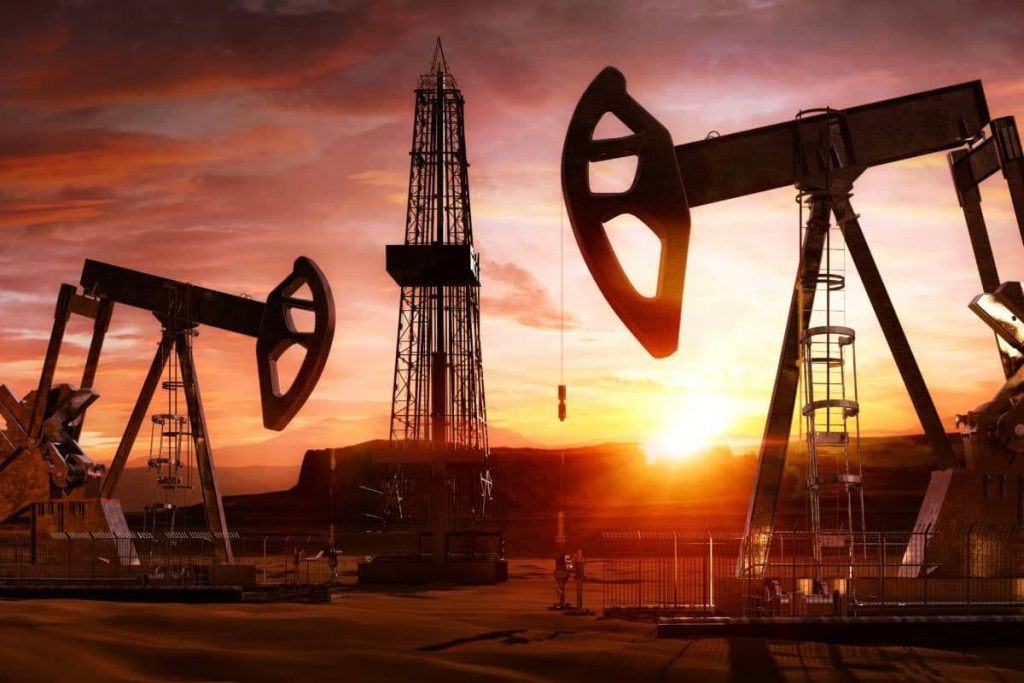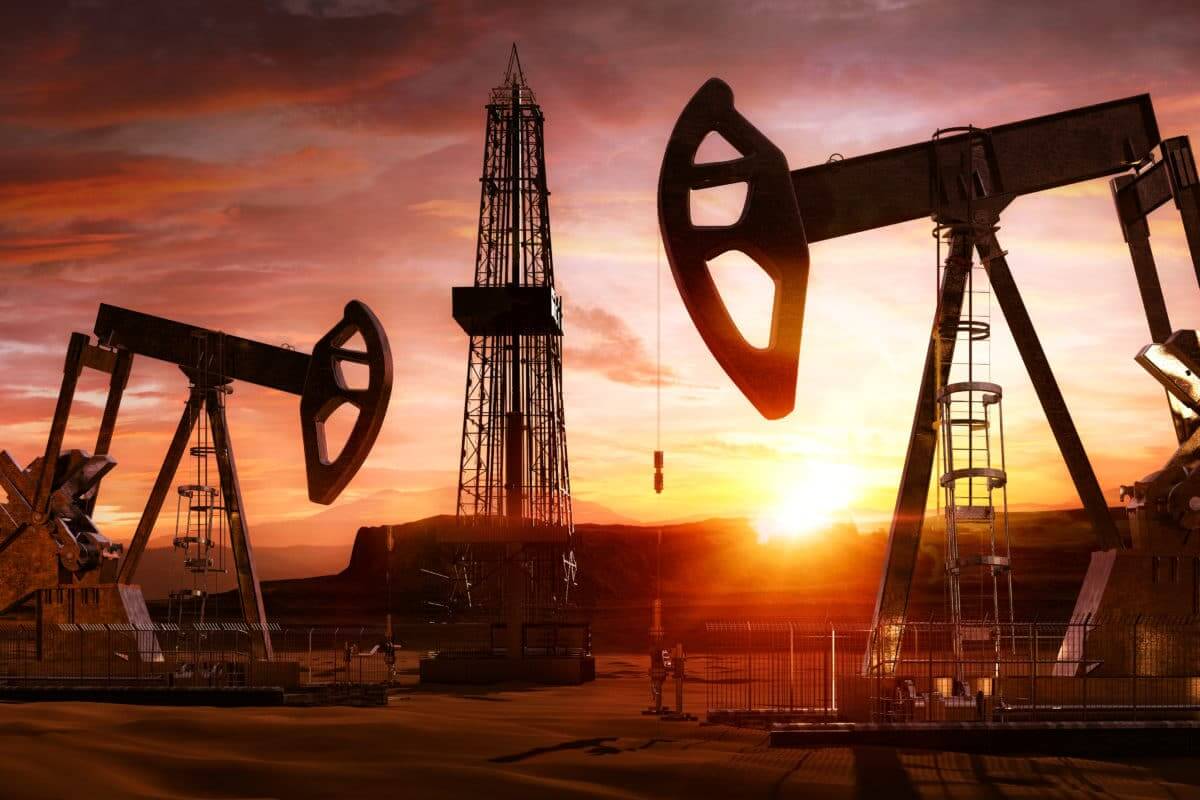Oil Prices Will Remain Stable This Year
Oil prices will keep constant for the rest of the year before declining slightly in 2023. However, a minority perspective sees petroleum rising higher before the end of 2022.
Following the outbreak of the Russian-Ukraine war, global oil prices rose to more than $121 per barrel but have since fallen to below $100 per barrel. Brent crude is currently trading at $95 per barrel, while West Texas Intermediate is selling just below $88 per barrel.
JPMorgan maintains a conservative projection of $101 per barrel for the remainder of the year.
According to Natasha Kaneva, head of global commodities research at JPMorgan, crude will average $101 a barrel in the second half of 2022. She predicted that by 2023, the price of a barrel will be $97.
Some European governments have altered aspects of their sanctions in response to increased petroleum prices, thereby allowing European corporations to resume purchases of Russian crude. With plans to exclude Russian oil from the marine insurance market postponed, the impact on Russian supply could be far lesser than we now estimate.
Other analysts agreed on a near-status-quo estimate for current oil prices and forecasted minor drops in 2023. Last week, Saudi Arabia stated that OPEC was ready to cut oil output anytime. The announcement comes as Europe battles with Russian energy supply interruptions.
Limit The Price Of Russian Oil
The US and its G7 allies are to meet on Friday to consider setting a price cap on Russian oil, which may reduce cash going into Moscow’s coffers but risk rising crude prices. In recent months, US officials have pushed for the price cap to be adopted by the G7 allies — Canada, France, Germany, Italy, Japan, and the United Kingdom — claiming that it would harm Russian President Vladimir Putin’s war machine and reduce global inflation.
However, some analysts have cautioned that the proposal may compel Russia to reduce its oil production in retaliation, sending crude prices rising.
The G7 conference comes as Russian oil exports remain strong, thanks to a successful turn toward India and China.
Oil exports averaged 7.75 million barrels per day in the first seven months of 2022. This is an increase from the 7.5 million average of 2021 overall.
The price-cap plan proposes that G7 countries refuse to allow refiners, traders, and financiers to handle Russian crude oil unless it is exchanged below a predetermined price. The precise pricing level is likely to be discussed on Friday. By far, the world’s most important market for shipping insurance is the United Kingdom. This provides the G7 some clout in the global oil market, as does the economic might of the US and the European Union.
Oil Prices Slide In China
Oil prices fell on Thursday as China implemented new COVID-19 lockdown measures, adding concerns that soaring inflation and interest rate hikes are reducing fuel demand.
Brent crude futures were down $2.10, or 2.21 percent, to $93.544 per barrel. West Texas Intermediate (WTI) crude futures in the United States fell by $1.85. Surveys revealed that Asia’s factory activity fell in August as China’s zero-COVID regulations and cost constraints continued to impact businesses, dimming the outlook for the region’s fragile recovery., or 2.11 percent, to $87.68 a barrel.
Shenzhen, a southern Chinese tech powerhouse, strengthened COVID-19 restrictions as cases piled up, suspending major gatherings and indoor entertainment for three days in the city’s most populated area, Baoan.
On Thursday, the key European stock index plummeted to seven-week lows as investors worried about aggressive rate hikes and record-high inflation in the region.
Despite this, the oil market will have a minor surplus of 400,000 barrels per day in 2022, much less than previously predicted, according to OPEC and its allies – known as OPEC+ – due to underproduction among its members, according to data from the organization. The organization anticipates a 300,000 BPD oil market gap in 2023.




